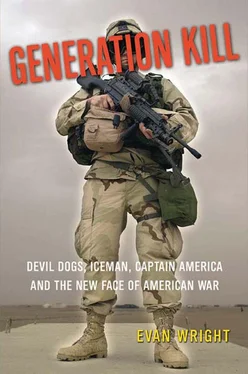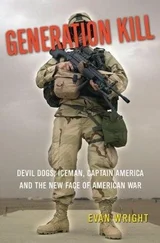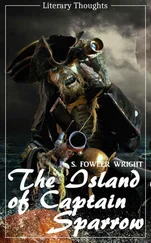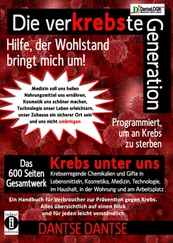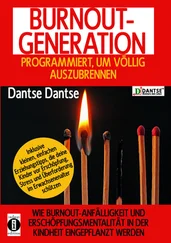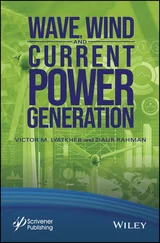They’re packed into the rear of the flatbed, sitting on benches along either side. During the Zeus attack, the prisoners, who were left in the truck while their Marine captors dove out and took cover, gnawed through their plastic wrist cuffs.
Marines are retying the Iraqis’ hands behind their backs with parachute cord. The EPWs are men in their twenties, wearing jeans or black trousers, striped soccer jerseys, one guy with an Opel car logo on his shirt. But these aren’t the docile, defeated EPWs First Recon encountered earlier in the war.
Several of these guys are defiant. They mad-dog the Marines with angry stares and wiggle in their seats, trying to cut the cords binding their wrists. Others turn their backs and squirm away from Marines attempting to retie them. They make exaggerated grimaces and complain loudly in Arabic. Binding EPWs’ wrists tightly enough to cut off their circulation and make their skin bleed is a passive way of punishing them. A few Marines I talk to later on will brag of doing this, or of slamming a guy in the face or nuts when no one is looking.
But it’s also extremely hard to deal with twenty guys who are resisting being tied up. Americans, of course, are also trained to evade and resist capture, but this doesn’t make it any less enraging when the enemy is doing it to them.
“What would these guys be doing to us if they were holding us prisoner?” a Marine shouts nearby. “How do you think we’d be treated?”
“We ought to tie these motherfuckers to the hoods of our Humvees before we drive into the next ambush,” another Marine says.
An officer with a shaky knowledge of Arabic steps forward to calm the rising tensions. In halting, polite Arabic, he tells the EPWs they will not be harmed or executed, then asks them to please stop trying to escape, or the Marines will be forced to wrap burlap sacks over their heads. The EPWs immediately calm down. Two guys in the rear of the truck, both of whom have matching Saddam mustaches, start making buffoonish faces, trying to ingratiate themselves to the Americans. One of them repeats in English, “Fuck Saddam!” Each time he says it, his buddy squeals with laughter. Soon, several others join in—howling and making funny faces—and the truck suddenly takes on the character of a small, clown-only travelling circus.
Then a salvo of incoming mortars puts a stop to their antics. They explode about 200 meters away, with columns of smoke rising up from the nearby field. Several of the EPWs try ducking down, but their wrists are bound to the sides of the truck. One EPW squirms ashamedly on the bench. A powerful odor comes from the truck. Apparently, he’s just had a classic combat-stress reaction and defecated in his pants.
PAPPY AND REYES have pushed out together onto the perimeter as a sniper team, hunkering down behind a berm and setting up their M-40 rifle. They spot a man whom they believe to be a forward observer for the mortars. He’s in a white pickup parked nearly 600 yards away across the field. With the rules of evidence being somewhat looser in a combat zone than they are back home, the man in the truck earns himself a death sentence for the crime of holding what appear to be binoculars and a radio. Pappy fires three shots, aiming at the man’s center mass through the door. After his rifle steadies, Pappy observes his target for a few moments. The man is slumped forward in the truck, apparently dead.
This is Pappy’s second sniper kill in Iraq. Returning to his Humvee, he seems to take no satisfaction from it. When some fellow Marines excitedly press him for details of the kill, he doesn’t want to talk about it. All he says is, “The man went down.” The mortar fire ceases. Evidently, Pappy killed the right man.
Fick gathers his team leaders to explain the final phase of the mission. In about five minutes the battalion is going to head back up to the bend in the canal, push beyond the mosque, drive through a few kilometers of densely concentrated hamlets, then approach the western edge of Al Hayy. The trickiest part will be entering the town. The convoy will be forced into a series of S-turns while crossing two separate bridges over canals. Then the Marines will race past about two kilometers of built-up urban terrain, reaching an elevated roadway. There, the Marines will drive up an earthen ramp onto the main highway out of the town and seize a key bridge. The goal is to seal off the primary escape route out of Al Hayy, in preparation for RCT-1’s assault through the city’s center, which is now expected to come in about ten hours, at four in the morning.
After briefing his men, Fick says privately to me, “This is Black Hawk Down shit we are doing.” He adds, “The fact that we never initiate contact with the enemy—it’s always them on us—is wearing on these guys. In their training as Recon Marines, it’s a failure every time they get shot at first. It doesn’t matter that we’ve done well shooting our way out of these engagements. They’re supposed to be the ones initiating the contact, not the enemy.”
AS THE CONVOY MOVES OUT from its position in the mudflats and starts rolling, single-file, on the trail toward Al Hayy, Cobra escorts pour rockets and machine-gun fire into a nearby palm grove. Watching the attack, Colbert says, “This country is dirty and nasty, and the sooner we are out of here the better.”
Though almost no one ever talks about religion, some Marines silently say their prayers. At a wide spot in the trail just before the mosque, Espera’s vehicle pulls up beside Colbert’s. Both vehicles are going about twenty-five miles per hour. I glimpse Corporal Jason Lilley, the twenty-three-year-old driver of Espera’s vehicle, clenching the wheel, staring ahead unblinking. His lips are moving. He later tells me that although he’s not a big Christian, he was saying, “Lord see us through,” over and over.
After we pass the mosque, machine guns and small rockets, called “zunis,” being fired by the Cobras kick up a massive dust cloud that envelops the convoy. The road sinks down and snakes between tree-lined hamlets. Some of Recon’s transport trucks rolling in the middle of the convoy take fire. At least one has its tires shot out but rides on the rims.
We reach the edge of the city and cross the first bridge into an industrial area of low-slung cinder-block buildings, with a dense cluster of apartment blocks to our right. In all the dust kicked up, several of Recon’s supply trucks take a wrong turn.
Colbert’s team and the rest of his platoon hang back to provide cover while the drivers of the lost team unfuck themselves and turn around. We stop for several minutes, surrounded by walls and windows in the hostile city. We hear AKs and machine guns clattering, but don’t see any muzzle flashes.
Charlie Company, which is now crossing the second bridge in the S-turn, is coming under fire from a building seventy-five meters away. Charlie’s lead vehicle is commanded by Sergeant Charles Graves, a twenty-six-year-old sniper. An RPG round blows up beside his open-top Humvee. Shrapnel superficially wounds one of his Marines in the leg. Their vehicle is raked with machine-gun fire. One round cuts through a piece of metal inches from Graves’s head. His Mark-19 gunner opens up on the building where the enemy shooters are concealed. The building is kind of pretty—a long, pale-blue stucco structure with arches along its second story. Graves’s Mark-19 gunner saturates it with thirty-two rounds, blowing giant holes in the front of it, collapsing part of the roof. Watching the destruction as his team speeds past, Graves thinks, he later tells me, “It’s fucking beautiful.”
No more fire comes from the building. By now, Colbert’s team has picked up the lost supply trucks. We turn toward the building hit by Charlie Company. As we roll by the smoking ruins, Person shouts, “Damn, sucka!”
Читать дальше
